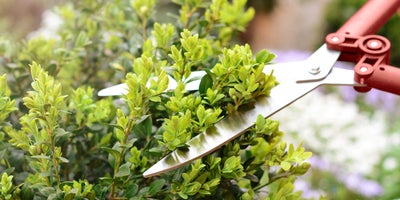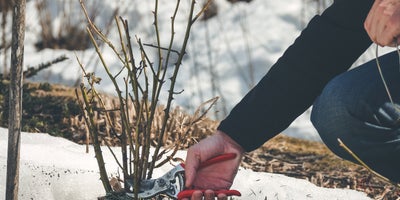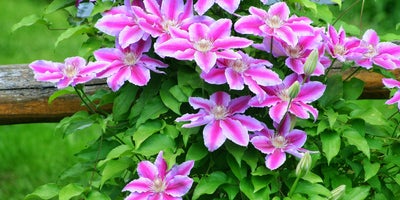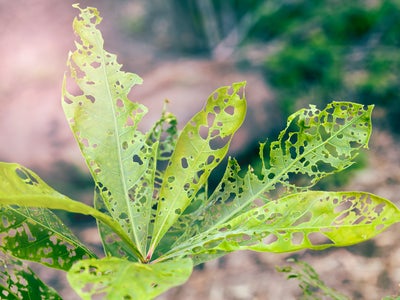Prune deciduous shrubs

Pruning deciduous shrubs in February is a crucial step in maintaining the health and look of your garden. The winter season provides an excellent opportunity to rejuvenate your shrubs by removing dead or diseased branches, which encourages new growth and shapes the plants so that they stay looking their best. The cold season also ensures that the shrubs are in dormancy, minimising the risk of damage to the plants during pruning. As the winter chill begins to subside, taking the time to care for your shrubs sets them up for optimal growth and blooms in the warmer months ahead.






